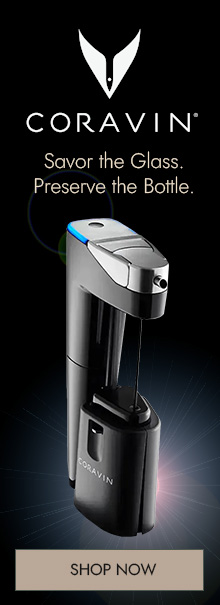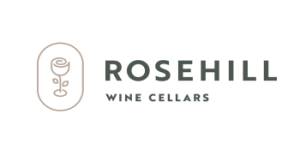When you go to choose a bottle of wine, in most cases you will have a huge selection. You may even have many hundreds of bottles of wine to choose from. It’s extremely helpful to know about appellation credentials, if you are trying to choose an outstanding wine for your custom wine cellar or wine cabinet. The information on a wine label can tell you everything you need to know about what’s in the bottle, if you are familiar with the information printed there.
5 Parts of a Wine Label
As mentioned in Part 1 of this series, one of two main types of wine labels in stores is labeled by brand name. Wine of a higher quality is designated by appellation credentials. There are details about appellation credentials for the U.S., Spain, Italy, and France between Part 1 and Part 2 of this 3-part series. And now, finally, below are the five common parts of a wine label designated by appellation credentials:
- The producer name is included somewhere on the label, such as at the top or bottom. This is an indication of who made the wine. On some American wine labels, there is an exception. Some have only the name of the wine without specifying the producer. Apothic Red, for example is produced by E&J Gallo.
- The region lets you know where the grapes are from that are used to produce the wine. The more specific the region, there is a better chance the wine is of a higher quality. Narrowing the source all the way to a particular site means wine is more refined, in most cases, and the cost is higher.
- Appellation or variety of wine used to make the wine is listed. Sometimes no varietal is given. In such cases, you may be able to figure out the wine grape by the appellation listed. A total of 15 nations have appellations that are officially regulated, though the rules vary enormously, as well as what is considered of chief importance when indicating quality.
- Vintage is the year the grapes were harvested. Serious wine connoisseurs become acquainted with vintage variations, so that they know which vintages to look for, to stock their custom wine cellar or wine cabinet. Wines that show “NV” for non-vintage or multi-vintage are wines of lower value, since they have the convenience of accessing wine from various vintages to formulate flavor.
- Alcohol content or alcohol by volume (ABV) lets you know the alcohol level of wine. High quality wines in some European wine regions are the only ones allowed to have an ABV of 13.5% or above. It’s different in the US, where alcohol content in wine can be as high as 17%.
What’s on your Wine Label?
The ability to make sense of a wine label is a sure sign that someone is a serious wine connoisseur. Would you happen to be one of those someones, who probably has a custom wine cellar or wine cabinet with a range of fine wines? If not, are you motivated yet to begin learning more about appellations?






